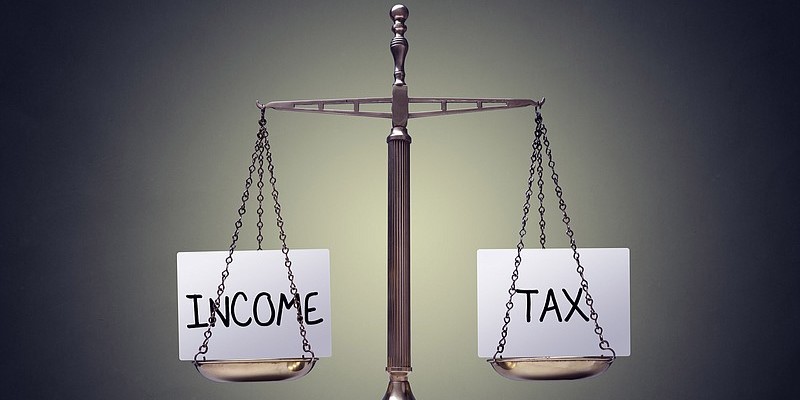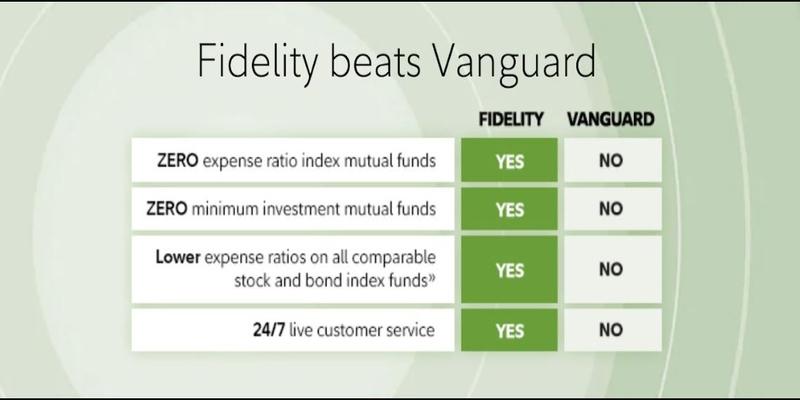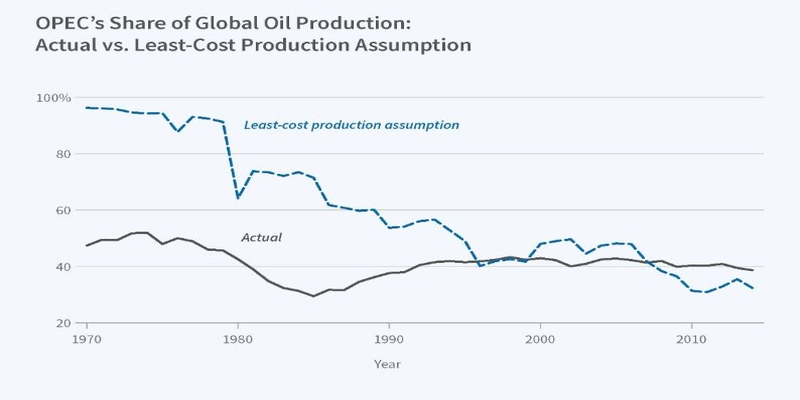Unlocking The Value Of Private Companies: A Complete Guide
A publicly traded company's market value may be calculated by multiplying the price of its stock by the number of shares outstanding. It is very easy. However, the valuation procedures for private companies need to be more transparent and straightforward. Private companies do not reveal their finances openly, and no stock is available for purchase on a public exchange. Identifying what's important for a company is frequently challenging. Today, we will learn more about private firms and the methods used to evaluate them. Lets examine how to value private companies in detail!
How To Value A Company: Process Involved

Discounted Flows Cash
Another approach to valuing the firm is with the discount flows Cash. This is a fractured approach to leading with finance as a standard for evaluative success. Discount flow cash investigation is the procedure of calculating the worth of the company and the investment according to the Cash and the flow cash It will be planned to produce in the future. Discount flow cash tests the calculations of the present value of the future flow cash depending on the discount rate and analysis period. Discounted Flow Cash = Terminal Flow cash / (1 plus Cost of the Capital) # of Future Years In addition, discounted flow cash analysis has the advantage of reflecting a company's capacity to produce liquid assets. However, the challenge with this type of appraisal is that the accuracy heavily relies on the terminal value, which can vary based on the projections made for discount rates and future growth.
Book Value
Using the data from the balance sheet to determine a company's book value is one of the simplest valuation methods. This method's simplicity, however, makes it noticeably unpredictable. To determine the book's value And find owners' equity, start by deducting the company's obligations from its investment. Next, take out any intangible resources. The amount that remains is the worth of any material possessions the business may have. As Professor Mihir Desai of Harvard Business School points out in the e-learning program Leadership with Finance, The concept of historical and conservatism cost accounting prevents balance sheet numbers from being equivalent to value. Basic accounting indicators need to be more comprehensive to depict the underlying worth of the company accurately.
Enterprise Value
 To get a company's enterprise value or how to calculate the enterprise value of a private company, add its equity and Debt or then remove the cash amount not utilized to finance company activities.
Enterprise Value = Equity + Debt Cash.
To show this, Let us examine three prominent automobile manufacturers: Ford, General Motors, and Tesla.
In 2016, with a $50.5 billion market capitalization, Tesla was valued. Moreover, its balance statement revealed $17.5 billion within liabilities. Additionally, the business had almost $3.5 billion in cash on hand, resulting in a firm value of roughly $64.5 billion for Tesla.
Ford was valued at $44.8 billion on the market, with accumulated Debt of $208.7 billion and $15.9 billion in Cash on hand, leaving behind an estimated $237.6 billion in enterprise value.
While having a larger market capitalization than GM and Ford combined, Tesla has additional equity financing; Tesla's assets have really been financed with stock to the tune of 74%.
On the other hand, the capital structures of Ford and GM rely far more on Debt. Equity funds account for around 18% of Ford's assets or 22.3% of the total of GM's.
To get a company's enterprise value or how to calculate the enterprise value of a private company, add its equity and Debt or then remove the cash amount not utilized to finance company activities.
Enterprise Value = Equity + Debt Cash.
To show this, Let us examine three prominent automobile manufacturers: Ford, General Motors, and Tesla.
In 2016, with a $50.5 billion market capitalization, Tesla was valued. Moreover, its balance statement revealed $17.5 billion within liabilities. Additionally, the business had almost $3.5 billion in cash on hand, resulting in a firm value of roughly $64.5 billion for Tesla.
Ford was valued at $44.8 billion on the market, with accumulated Debt of $208.7 billion and $15.9 billion in Cash on hand, leaving behind an estimated $237.6 billion in enterprise value.
While having a larger market capitalization than GM and Ford combined, Tesla has additional equity financing; Tesla's assets have really been financed with stock to the tune of 74%.
On the other hand, the capital structures of Ford and GM rely far more on Debt. Equity funds account for around 18% of Ford's assets or 22.3% of the total of GM's.
Market Capitalization
Market capitalization is the simplest method for publicly assessing firm value. It is measured by multiplying the whole amount of shares by the present value of the share price. Market Capitalization is equal to Share Price, which is multiplied by the entire number of Shares. The fact that market capitalization solely considers stock worth is one of its drawbacks, whereas the majority of businesses are funded through a mix of loans and equity. In this situation, Debt is an investment made in the company's future by bond or by bank investors; interest is accrued on the repayment of these liabilities over time. Equity is the assertion of future earnings held by shareholders who own shares in the company. Enterprise value is a more precise measure of firm value when considering various capital structures.
EBITDA
 When analyzing earnings, Financial analysts often avoid examining a company's basic net income profitability. Accounting conventions can change data in several ways, sometimes even distorting the actual image.
First of all, a nation's tax laws often are a diversion from a business's real success. They may differ between countries or periods, even in cases where the business's operating capacities remain constant.
Second, repayments of interest to creditors are subtracted from net income, which can give a company a less or more successful appearance depending only on its capital structure. In light of these factors, both are added back to determine what is known as "operating earnings," or EBIT (Earnings Before Interest and Taxes).
When analyzing earnings, Financial analysts often avoid examining a company's basic net income profitability. Accounting conventions can change data in several ways, sometimes even distorting the actual image.
First of all, a nation's tax laws often are a diversion from a business's real success. They may differ between countries or periods, even in cases where the business's operating capacities remain constant.
Second, repayments of interest to creditors are subtracted from net income, which can give a company a less or more successful appearance depending only on its capital structure. In light of these factors, both are added back to determine what is known as "operating earnings," or EBIT (Earnings Before Interest and Taxes).
Conclusion
As you can see, a private company's worth is heavily reliant on industry averages, best-guess estimates and assumptions. It is challenging to assign a trustworthy value to privately held organizations due to their need for more transparency. To ascertain the value of private enterprises, financial advisory teams and the private equity sector employ a number of other techniques. In this article, we have discussed everything you need to know about how to value private companies. Hopefully, it will be helpful for you in different aspects.














